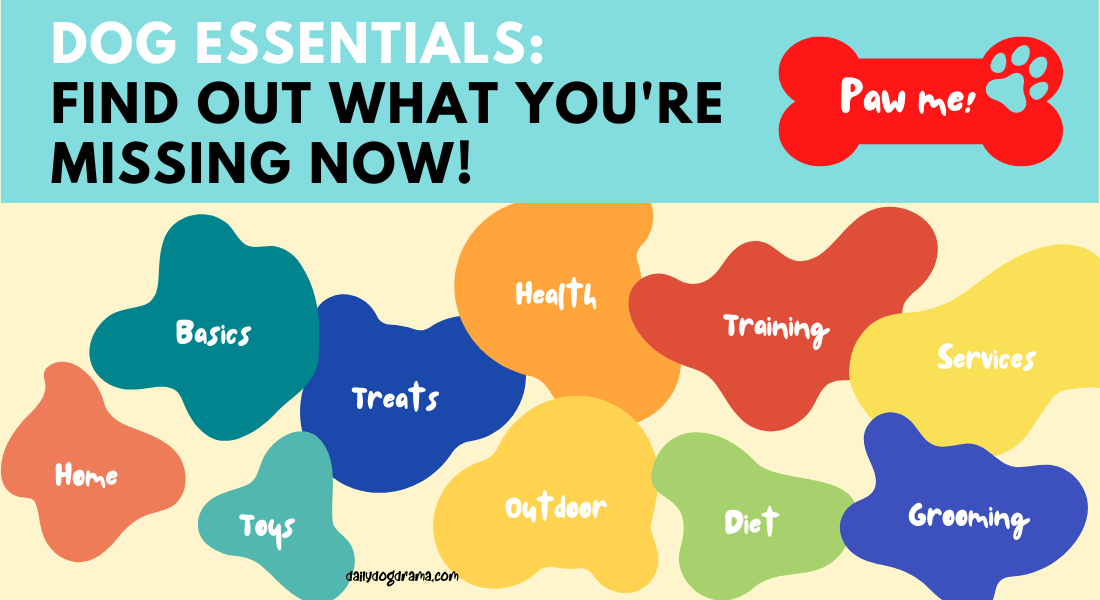Do you know what DOG ESSENTIALS you are missing out? Find out now!
Zack Keithy, our author, is a certified veterinarian technician (UC Blue Ash) for over 6 years (contact him here). The articles written here are based on his expertise and experience, combined with a review by our expert vet reviewers including Dr M. Tarantino. Learn more about us here.
Have you ever wondered if American Bulldogs have webbed feet? Maybe you’re considering adopting one of these loyal and protective dogs, or you might be curious about why your dog has such different-looking feet.
As a dog lover myself, I’ve spent countless hours researching different breeds and their characteristics.
In my quest for knowledge, I’ve come across some interesting facts, in particular, do American bulldogs have webbed feet.
After reading this post, you will learn more about this beautiful breed and understand a part of its anatomy that most people don’t!
Medical Questions? Talk to a Veterinarian 24/7.
Connect one-on-one with a licensed vet who will answer your questions in minutes.
*Article may contain affiliate links to retailers like Amazon and Chewy. Learn more on our disclosure page.
What Are American Bulldogs?

Known for being one of the big boys among dogs, American Bulldogs are recognized for their muscular build.
Some people who are not as enthusiastic about dogs as you and I see this breed of dogs as menacing.
I’m sure you’ve heard someone considered American Bulldogs as scary, so I’m here to straighten the fact out!
American Bulldogs might be big and tough looking but like other doggies, they can be just as sweet!
Learn something new: List of dogs that are good with guinea pigs
History and origin
True to their name, American Bulldogs originated from the United States of America.
Around the 17th Century, when English countrymen were just starting to migrate to America, some of them brought their bulldogs with them.
These immigrants were only beginning their new lives in America, and so they needed all the hands they could get to have enough money.
Since the bulldogs they brought with them have muscular builds, they use these dogs to help in farming and hunting.
After a few years, these English Bulldogs developed their own traits different from the bulldogs still living in England.
They were then named American Bulldogs.
In the whole of the US, it’s the Southern parts that really utilized American Bulldogs in carrying things for farmers.
They were then commonly seen pulling a herd of cattle or leading a bunch of wild hogs.
The 20th Century came around, and American Bulldogs almost faced extinction. This was due to the high demand for their presence in farm work.
But breeders strived to revive the breed, and today American Bulldogs aren’t just farm dogs but they are now being homed by so many fur-parents!
Physical characteristics
American Bulldogs were classified into two subtypes; Johnson and Scott. Both of them are muscular and really well-built but they have some differences.
The Johnson type is bigger in height and in size compared to the Scott which is a little shorter.
You can also notice which is which by looking at their muzzles. Johnsons have shorter muzzles, while the Scotts have longer ones.
In general, you’ll notice how American Bulldogs have big heads. And their jaws are wider, and I’ll tell you this, they have powerful jaws.
Their builds are broader, especially along their chest and back. Their backs are muscular too, which made them so ideal for hard work.
This may go unnoticed, but they have tails that are so thick in the base but twirly by the tips too.
Their fur is shorter and dense. If you haven’t realized yet, the colors of their coats vary from white, to black, and brown.
Temperament and personality
American Bulldogs may seem all tough and bark, but they are very loyal to their family. They will do everything to protect those that they recognize as family.
This is the reason why families love American Bulldogs as guard dogs.
Aside from that, they have a strong will. They are independent on their own, and they hold themselves confidently.
Breeders often advise people that this breed requires consistent training so their temperament can be toned down.
Since they are confident dogs, American Bulldogs tend to get into fights with other dogs of the same sex.
They are very territorial, and they don’t take it lightly if another animal invades their space.
But when trained properly and brought up in a peaceful and affectionate environment, they’ll be sweet and loving pets.
Do American Bulldogs Have Webbed Feet?
Yes, American bulldogs have webbed feet, just like some other breeds such as Labrador Retrievers and Newfoundlands.
Webbed feet among dogs of larger size can sometimes go overlooked, but for sure American Bulldogs have the same unnoticeable webbed feet.
Now, don’t go running to the first American Bulldog you find to look at his feet. He won’t like you touching them so abruptly.
But if you get a chance to look closely, you’ll observe that there’s a little presence of skin between its toes that seem to be connected side by side.
That said, you should know that this “web” is really small when compared to water breeds, and do not exactly serve up the same functions as them.
What Are the Benefits of Webbed Feet in Dogs?
Improved swimming ability
Webbed feet in dogs create a larger paddle-like shape thanks to the connection or linked skin between each of their toes.
This is why dogs with webbed feet can propel themselves forward more quickly while swimming.
Webbed feet also mean bigger paws, and bigger paws can balance the weight of dogs when they doggy swim in the water.
Enhanced agility
I’ve mentioned that there’s skin between the dog’s feet when they have webbed feet, right?
This skin helps the feet carry the weight of the dog in a more balanced way which improves a dog’s stability.
Thus, they can run around and make sharp turns without sliding or tripping.
They can firmly stand their ground better so that when they suddenly stop running, they don’t fall.
They’ll be able to jump higher too!
Better traction
Webbed feet allow dogs to grip the surface of the ground stronger, whether they are standing in grass, sand, snow, or cement.
Better traction due to webbed feet will let dogs walk or run faster without tumbling down.
Frequently Asked Questions (FAQs)
Can American Bulldogs swim?
American Bulldogs can swim, but they aren’t great swimmers. They have a large and solid body build that makes it hard for them to stay afloat. If you plan to take your dog on a swim, it’s best to put a life jacket on him. You can also train them to become better swimmers, but it’ll need lots of time and patience.
Do all dogs with webbed feet have the same type of webbing?
No, not all dogs with webbed feet have the same type of webbing. The webbing is different in size, shape, and even thickness. Dog breeds that were historically used for water retrieval often have thicker and more intricate and visible webbing. Dog breeds that are known for running usually have thinner and less noticeable webbing.
Are webbed feet a sign of health issues in American Bulldogs?
There is no solid proof that can back up the claim that webbed feet are a sign of health issues in American Bulldogs. In fact, webbed feet are rather beneficial to the agility and swimming skills of American Bulldogs.
In Conclusion: Do American Bulldogs Have Webbed Feet?
I hope this post has helped to deepen your understanding of this lovely breed, and now you can impress your friends with this newfound knowledge!
Read more about other dog breeds such as the Pomeranian-Chow mix, the Vizsla-Dachshund mix, the Japanese Spitz vs American Eskimo, and many more on our blog!
You’ve made it to the end, but I hope it’s not the end of our journey. We want to hear your voice! Share your thoughts, problems, suggestions, or anything related to your dog in the comments section. And don’t forget to join our newsletter today too.




